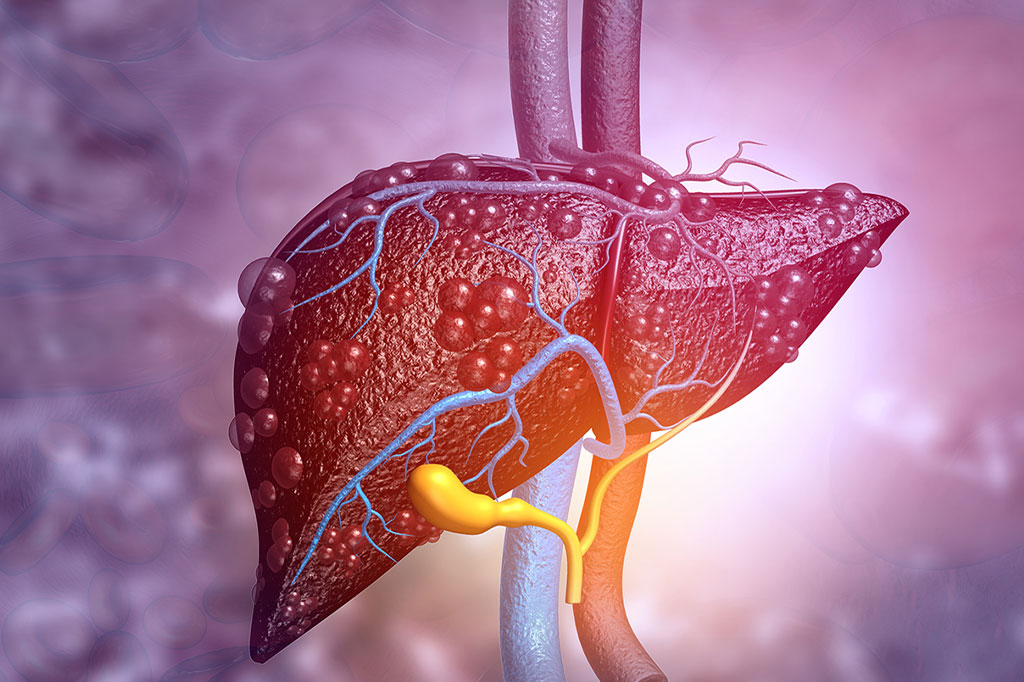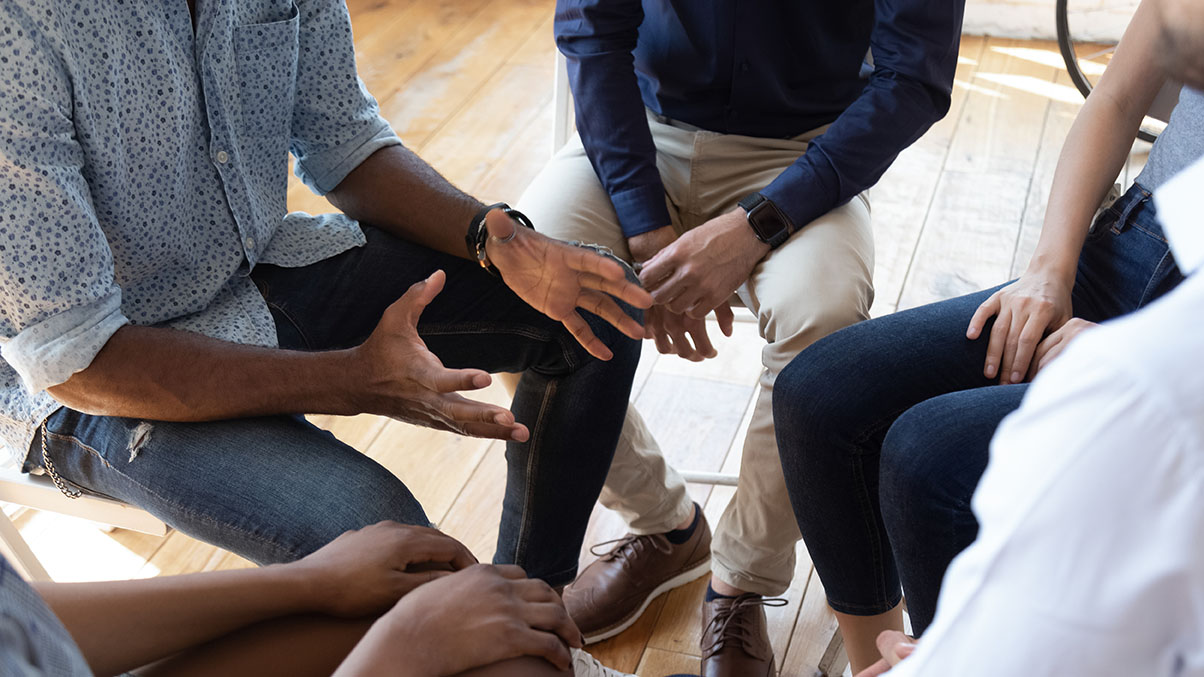Urges are feelings of intense desire for something. A person can experience urges for basic needs, such as wanting to eat when you’re hungry. On the other hand, some urges can be for harmful and dangerous behaviors, such as drug use. Fortunately, urge surfing is a technique that people in addiction recovery can use to “surf the urge” without giving in to them.
What Is Urge Surfing?
Urge surfing is a psychological technique that can be used to avoid acting on a particular behavior that the person wants to reduce or avoid completely. Some examples of common urges people may want to surf can include over-eating, smoking, drug use, and drinking.
Surfing the urge was developed by psychologist Dr. Alan Marlatt as a way to help people in addiction recovery cope with urges to use drugs or drink. The technique compares an urge to a wave in the ocean. Waves can be powerful, but they usually pass quickly.
Similarly, an urge can be intense but usually doesn’t last too long. Urge surfing encourages individuals to picture themselves as surfers riding these waves rather than giving in to them.
This technique can be more helpful to individuals recovering from addiction than trying to distract themselves from an urge. Avoiding a thought or feeling eventually takes more energy and draws more attention to the thought or feeling than actually coping with it. This urge surfing technique can help the person recognize and feel these urges without giving them control.
Benefits of Urge Surfing
There are numerous benefits of urge surfing, including:
- Aid in addiction recovery: People in addiction recovery can experience urges to use drugs or alcohol no matter how long they’ve been sober. These urges are often triggered by certain people, places, or things that remind the individual of their past substance abuse. Urge surfing for drug addiction is a great technique that can help control these urges and prevent relapse.
- Unhealthy eating: Many people experience strong cravings for unhealthy yet tasty foods. Urge surfing can also be used to cope with food cravings and prevent overeating. Not only can individuals with eating disorders like binge eating disorder use urge surfing to cope with their cravings, but even individuals in addiction recovery can avoid depending on food for comfort through the urge surf technique, as well.
- Other addictive behaviors: In addition to overeating and drug use, a person can also experience urges to engage in other unhealthy behaviors, such as gambling. Urge surfing may also be used to help individuals who struggle with gambling, internet, and porn addictions cope with their urges and stay on track with their recovery.
For those who are battling substance use disorders and have not taken the first step towards recovery, our Clearbrook facility offers numerous inpatient rehab programs in Pennsylvania that can help you take that first step.
How to Urge Surf
As a therapist’s aid, urge surfing is a powerful technique that relies on a shift in the person’s mindset and utilizes techniques like mindfulness meditation. The goal of meditation is to focus fully on breathing, which can help the individual focus on thoughts and feelings as their mind wanders.
The point of this exercise is to notice one’s thoughts without frustration or judgment. This technique makes one’s thoughts less powerful, reduces stress, and helps the individual turn away from the urge. Additional tips on how to urge surf include:
- Focus on your breathing: The faster we breathe the faster our heart beats and the faster our minds race. For this reason, it’s important to slow down your breathing in moments when you’re experiencing an urge to relapse. Start by sitting in a comfortable position and pay attention to your breathing without attempting to control it. Follow your breath. Notice how the air feels as it enters your nose. Picture your lungs expanding and contracting as you breathe. This exercise takes the focus away from the source of stress and instead encourages control.
- Pay attention to your thoughts: It’s normal for the mind to wander whenever you’re meditating or trying to focus. When you notice this, try to bring them back to where you were without becoming frustrated.
- Think about your triggers: Oftentimes, urges are triggered by a person, place, or thing that may remind the individual of drug or alcohol use. A great way of preventing urges from even occurring is to learn what triggers them. Maybe it’s a particular spot where you used to drink a lot with buddies or a certain cologne you used to wear whenever you’d go out to party. Making active changes in your life and taking preventative measures can reduce the risk of relapse significantly and make urge surfing less necessary and easier.
Help for Addiction Recovery
While urge surfing may be a useful technique for many people, it isn’t a solution to the overarching problem of drug or alcohol addiction. If you or someone you care about is battling a substance use disorder, our Northeast addictions treatment center can help.
We offer addiction treatment and detox in Pennsylvania that focuses on treating both physical and psychological symptoms, including withdrawal symptoms and urges. Not only do we help our clients get clean, but we also offer them guidance and tips on how to change their habits to create and stick to a sober lifestyle.
For more information about our addiction treatment in Pennsylvania, call Clearbrook Treatment Centers today at 570-536-9621.
Related Reading:







